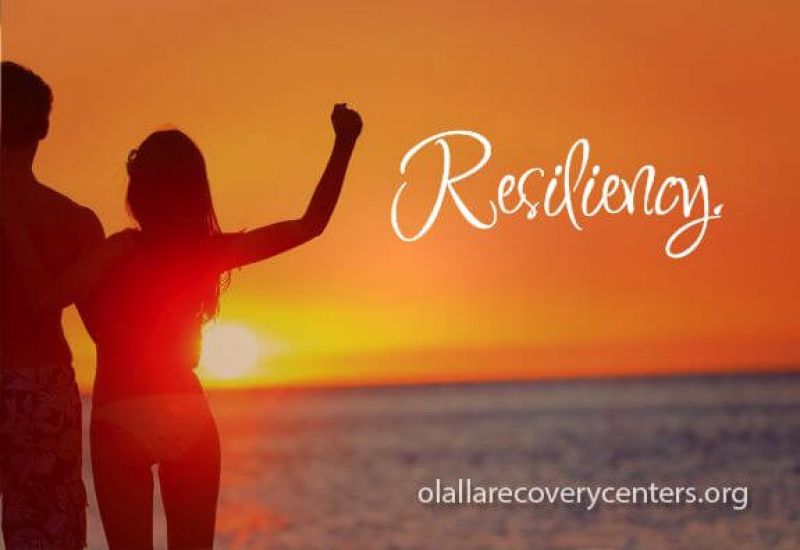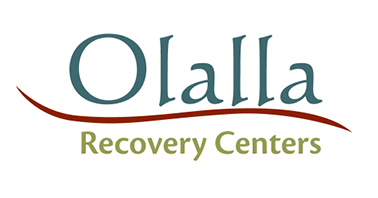
21 Jun Building Resiliency in Youth, Part 1
When we previously discussed building resiliency in the journey to recovery, we talked about how by strengthening your mind, body and spirit, you can better cope with challenges such as stressors leading to substance abuse or relapse. However, for youth and young adults, the message of building resiliency doesn’t resonate in the same way.
Resiliency — the ability to bounce back after a setback and make positive choices — is built on the idea of long-term preparedness to withstand challenges.
For young people, however, the concept of the future — or the connection between the future and the present — doesn’t resonate because they’re wired to live in the present.
While the brain is still in development, teens are only interested in living in the moment. Adulthood, life decisions, even college seem too far away to matter, let alone the idea of becoming more resilient in the face of challenges.
Biological and psychological predispositions are among protective factors that make some people less susceptible to negative behaviors. But other protective factors, such as a positive environment and positive social interactions, also play an important role.
Even for teens and young adults who’ve already been experimenting with drugs and alcohol, resilience-building strategies can help them look at their life and choices through the lens of hope. The plasticity of the human brain has the ability to remap things and heal. But it’s much easier to repair damage that’s only been done over three to five years than it would be for someone who’s been abusing substances for a long time.
What Impacts Resilience?
During the formative years, various strategies can help increase the protective factors, strengthening young people’s ability to be less vulnerable to risky behaviors.
At the individual level, factors that can support youth resiliency include self-confidence and the ability to make independent choices. Teens and young adults who have developed a positive self-image, have a strong ability for self-control, and feel socially competent are much more successful in resisting peer pressure and handling stressors that could lead to substance abuse.
Adults — not only parents and teachers but other role models as well — play a critical role at this stage. And so does involvement in positive social and community activities.
These are just some of the strategies you can use at home. As a parent or guardian, you can help by:
- Meaningfully praising achievements and positive actions and decisions
- Encouraging teens to take on challenges and opportunities for personal growth
- Respecting their decisions, and creating a safe environment for learning from mistakes
- Looking for ways to build relationships with them (we’ll discuss this in part 2)
- Getting to know their friends, talking about the things happening in their lives and helping them navigate relationship-building with peers
- Supporting good study habits and communicating regularly with their school and teachers
- Seeking out community events where they can be engaged, and encouraging them to be involved outside of their home and school life
- Finding opportunities for physical activities, whether that’s organized sports or family events like hiking
When it comes to youth and young adults, the least-effective approach is anything that they would view as “another lecture.” That’s why it’s important to find ways to engage them in conversation.
One of the best way for parents to be engaged with their children is around their children’s own interests, whether that’s arts, sports or other hobbies. Being a consistent presence in their children’s lives makes the parents a trusting resource that young people can go to in a time of adversity.


